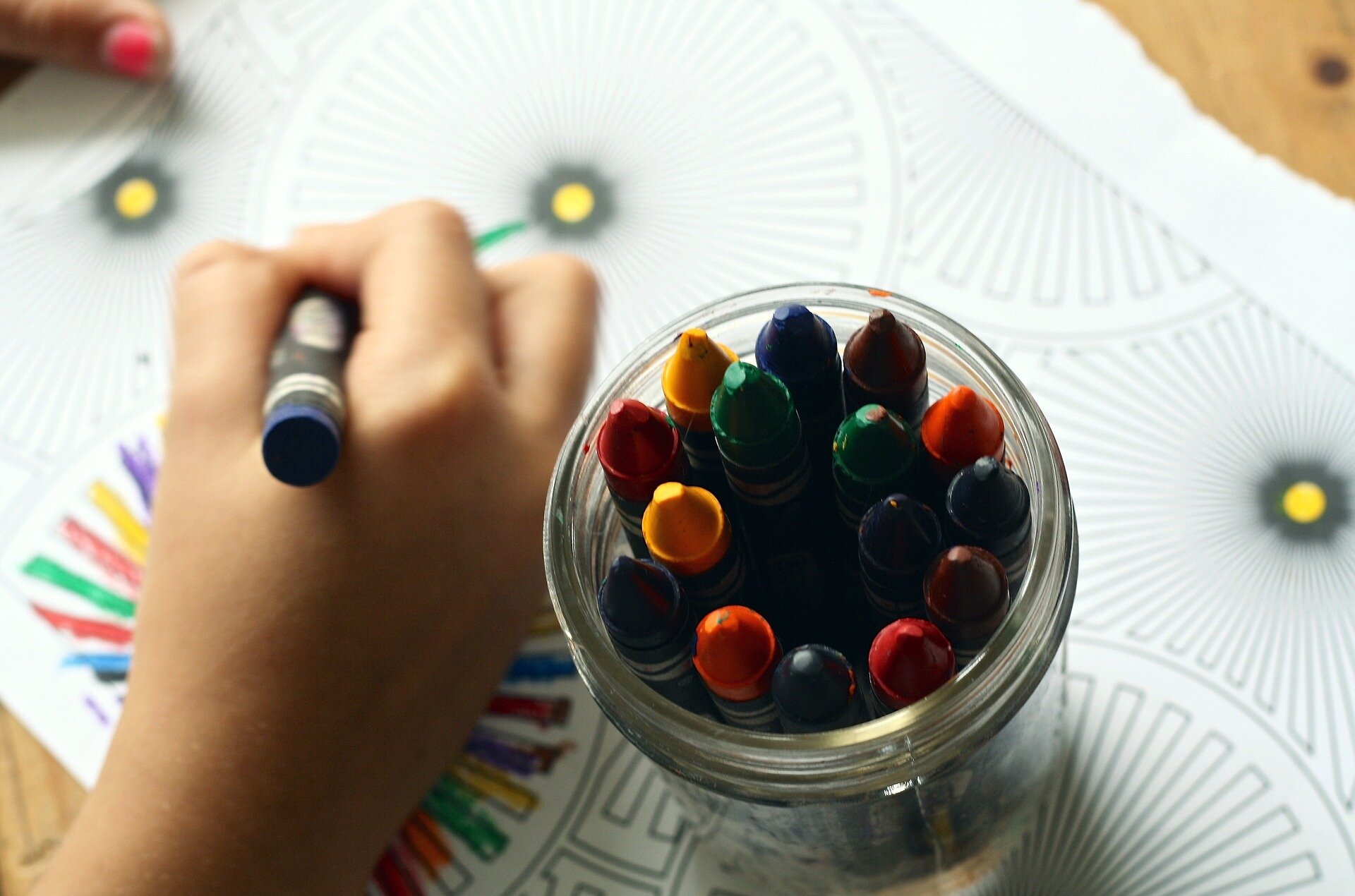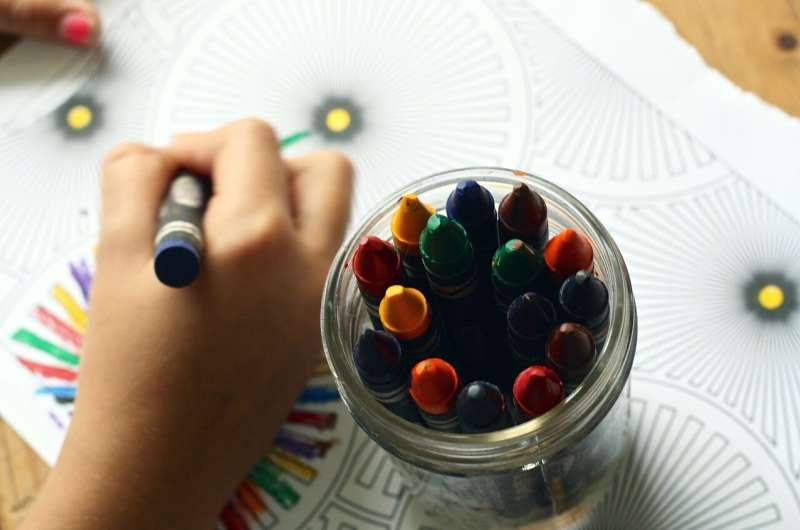

Potential talents of children with characteristics of giftedness are not always seen in mainstream education. Children’s drawings, however, can play a role in early detection of their needs and talents, argues psychologist Sven Mathijssen in his dissertation titled “Back to the drawing board: Potential indicators of giftedness in human figure drawings,” which he defends on March 22, 2023.
Mathijssen’s dissertation provides evidence for the possibility that human figure drawings can help in early identification of children whose talents might not fully flourish in mainstream education. Among other things, Mathijssen analyzed the drawings of 206 children ages 4 through 6.
Two years after the drawings were made, parents were asked whether the children had had educational modifications. Based on the responses, two groups were created: children who had had enriched education and children who had received regular education. The statistical analyses showed that whether or not children drew “special characteristics”—characteristics that were drawn only or more often by the children who received enriched education—predicted about 70% well whether children received enriched education or regular education.
This was true only for the 4- and 5-year-olds, though. For the 6-year-olds it did not, partly because of the small number of 6-year-olds in the study.
Children draw ‘by themselves’
There are practical advantages to using children’s drawings as a screening tool. To discover children’s talents, psychological testing is often done, but that is often very time-consuming, expensive and not possible for everyone.
According to him, a good screening tool works like a sieve: “All children can be asked to draw, without it costing much time or money. Often children also draw by themselves from an early age. Therefore, they do not easily shy away from a drawing assignment. If certain things stand out in a child’s drawing, that can be a reason to keep a closer eye on that child’s school progress.”
Keeping an eye out for unique talents
Yet he cautions that this indication still says nothing about potential talents and educational needs of the individual child. In order to determine exactly what these children need at school, follow-up research needs to be conducted, for example through psychological testing.
Mathijssen says, “We therefore advised professionals in the field against using sign IQs for signaling purposes and instead analyzing menu drawings at the item level for possible indicators of giftedness.” Mathijssen hopes fellow researchers will join him in building on this thesis to develop the intended screening instrument.
Provided by
Tilburg University
Citation:
Children’s drawings may help with early detection of giftedness (2023, March 15)
retrieved 15 March 2023
from https://phys.org/news/2023-03-children-early-giftedness.html
This document is subject to copyright. Apart from any fair dealing for the purpose of private study or research, no
part may be reproduced without the written permission. The content is provided for information purposes only.